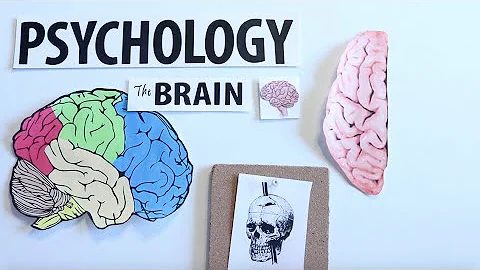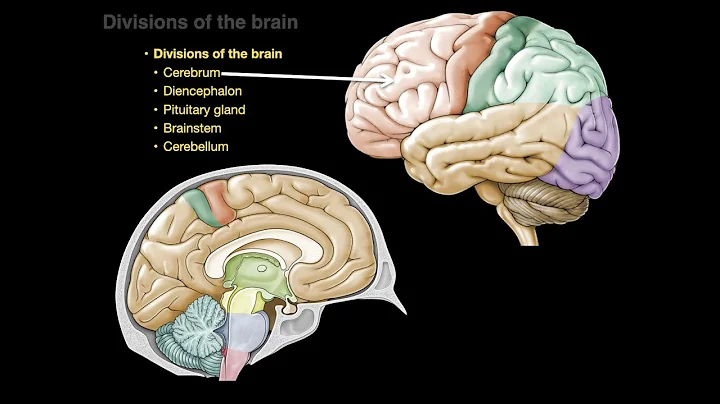
Psychologist Bruce Perry divided the brain into four levels according to the order of brain development and the complexity of brain functions.
They are the brain stem, diencephalon , limbic system and cerebral cortex.
The brainstem has the lowest level, and the cortex has the highest level.
has the lowest and simplest structure. It mediates basic functions and develops earlier.

The tallest, most complex structure mediates complex functions and develops later.
Because the brainstem is responsible for regulating respiration, heartbeat, blood pressure, etc., and the brainstem also controls our body's instinctive self-defense mechanism (automatic survival function), it develops earliest.
The cerebral cortex governs logic, language, risk assessment, attention and other advanced functions, and does not fully develop until around the age of 20.

People with post-traumatic stress disorder have severely damaged brain stems, and it is difficult to use talk therapy to treat them, because they are in charge of survival, not logic.
Bruce Perry pointed out that provides repetitive (repetitive activity) and rhythmic (pattern) activities for this part of the nervous system, which can treat and enhance its function. Some repetitive, rhythmic somatosensory activities include dance, breathing, meditation, yoga, etc.
These activities can greatly reduce anxiety, impulsivity, and other symptoms of trauma (Waechter, & Wekerle 2014).

In addition, studies have proven that normal people who practice meditation for 8 consecutive weeks will have significantly smaller brain cells in their amygdala and , thereby greatly reducing fear, stress, anxiety, etc.; the thickness of their hippocampus and cortex will increase. As a result, learning ability, memory, and creativity also increase accordingly (Holzel, Carmody, Vangel, Congleton, Yerramsetti, Gard, & Lazar, 2011).
Meditation improves our mental health by changing the structure of the brain and changing our thinking patterns, awareness, and feelings. So even if you are free of trauma and other mental illnesses, practicing meditation will provide you with many benefits.

(the above text is taken from the Internet)
In short, meditation can help us maintain physical and mental health, improve cognitive abilities, and upgrade the quality of life. We must have confidence and perseverance, and it is best to practice continuously under the guidance of an experienced teacher to ensure the most satisfactory results.






















